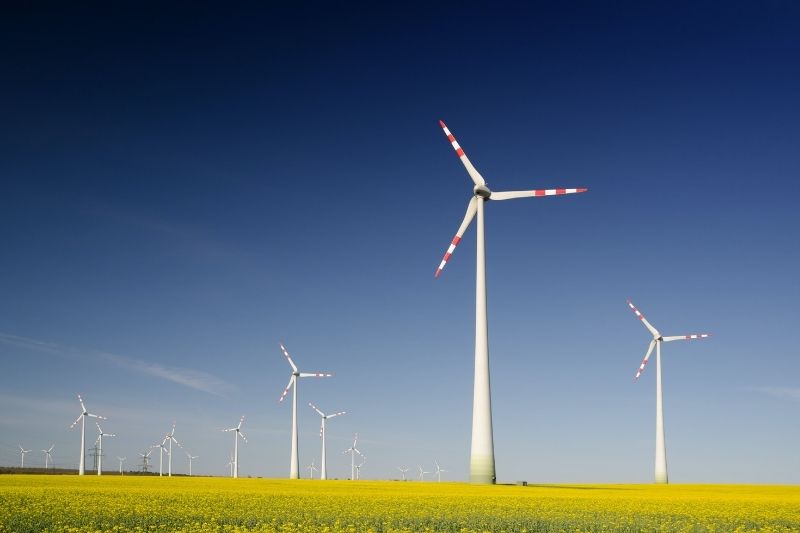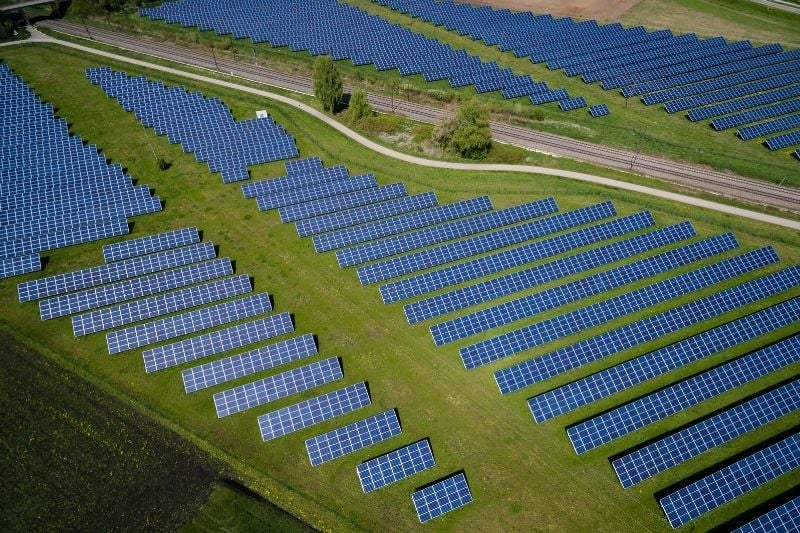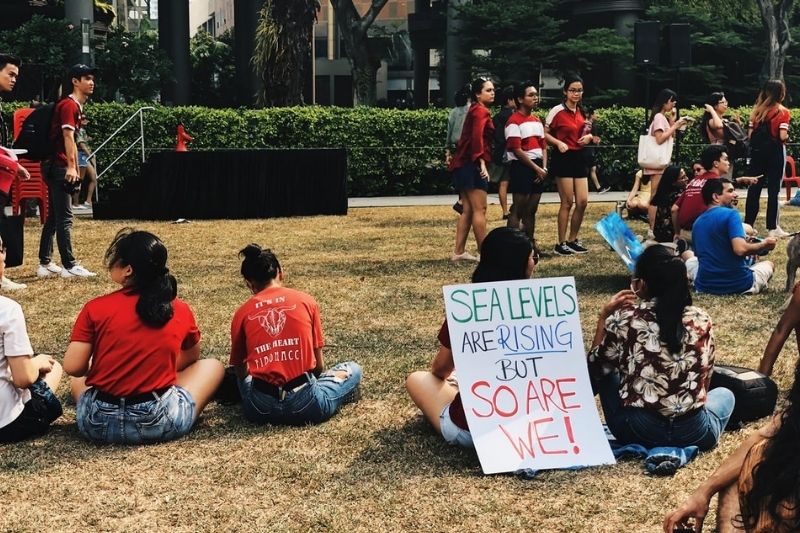The negative impact of climate change is evident, but where does the Asia Pacific region stand in global efforts to achieve carbon neutrality to offset impending environmental disasters?
No country is immune to the negative effects of climate change. The evidence speaks for itself- an increase in natural disasters and melting ice and snow is something that must be taken seriously.
Some countries, especially in the Asia Pacific region, suffer more than others. Research from McKinsey shows that by 2050, parts of Asia will see increased temperatures, severe hurricanes, drought, changes in water availability, lethal heat waves, and extreme precipitation events.
Because of these consequences, it is critical for countries in the APAC region to make an unwavering commitment to reduce their carbon emissions. Many countries have already made commitments to work towards carbon neutrality, some even achieving the goals they have set.
For example, Bhutan and Suriname are the only two countries to have achieved their target of being carbon neutral. To take it a step further, these countries are now carbon negative, which means they are removing more carbon from the environment than they emit.
It is the overall goal of many countries to get to this point, however there are many contributing factors and challenges that must be overcome in order to reach this goal. So, where does APAC region stand in the race to global carbon neutrality?

APAC’s Carbon Neutrality Journey
It should be noted that the Asia Pacific region is home to some of the largest carbon emitters. According to research from BP’s Statistical Review of World Energy, the region produces 52% of global carbon emissions. China contributed 50% of the region’s emissions, while India accounts for 13.7%. At the COP26 global event, 28 countries came together to commit to phasing out coal; however, China and India did not sign up.
Policymakers and leaders in governments play a significant role in working towards these goals, and if they are not committing to making actionable changes, what does that mean for the future?
Time is running out for countries in the APAC region as much work needs to be done to reduce their carbon footprint by 2050, according to the goal set in the Paris Agreement.

A Delayed Adoption of Renewables
Generally speaking, the APAC region has fallen behind in adopting a sustainable attitude. In one study, it was found that only 33% of firms in the region have committed to hiring positions for sustainability departments.
There is a need for more leaders who oversee sustainability initiatives and ensure that projects to cut carbon emissions are being undertaken.
In June 2021, Asian Development Bank (ADB) led the Asia Clean Energy Forum (ACEF). ADB President Matasugu Asakawa explained that “Now is the time for bold action.” President Asakawa believes that Asia and the Pacific region need to push themselves to the forefront of the battle against climate change.
According to President Asakawa, it will take a few major changes to get closer to combating climate change, including but not limited to: avoiding fossil fuels, deploying renewable energy, switching to low-carbon fuels, and improving energy efficiency
These countries will need to use a fast, strategic, and sustainable approach to making these major infrastructure changes.

Room for Growth
More countries need to make clear-cut goals and targets for reaching carbon neutrality.
In the UK, an internationally recognised standard for verifying companies are cutting carbon emissions has been in place since 2010, called the PAS 2060. It presents four key stages on the path to carbon neutrality: measurement, reduction, offsetting, and documentation. UK companies can use PAS 2060 as proof that they are working to offset carbon emissions.
While implementing government initiatives is certainly a step in the right direction, the APAC region needs to include specific details and actionable plans, and outline potential projects in renewable energy rather than state a commitment and not follow through with it.
Asia Pacific countries play a significant role in creating a carbon-neutral economy, but it does not come without its fair share of obstacles to overcome. The region has much potential for transitioning to green energy, but using resources wisely has to be a priority.
Additionally, using new and emerging technologies to combat climate change will be a game-changer for these countries.

A Need for Efficiency
The APAC region has made rapid progress in the fight against climate change, but more action needs to be taken, and it needs to happen quickly. Time is of the essence, so how the APAC region addresses climate change and tackles this ongoing crisis will be decisive for the fate of the planet.

Related Articles
6 Lessons the World Can Take From APAC’s Renewable Energy Success
Carbon Offsets: Everything you Need to Know About the Corporate Sustainability Solution





